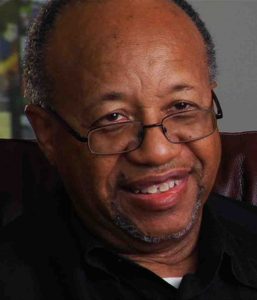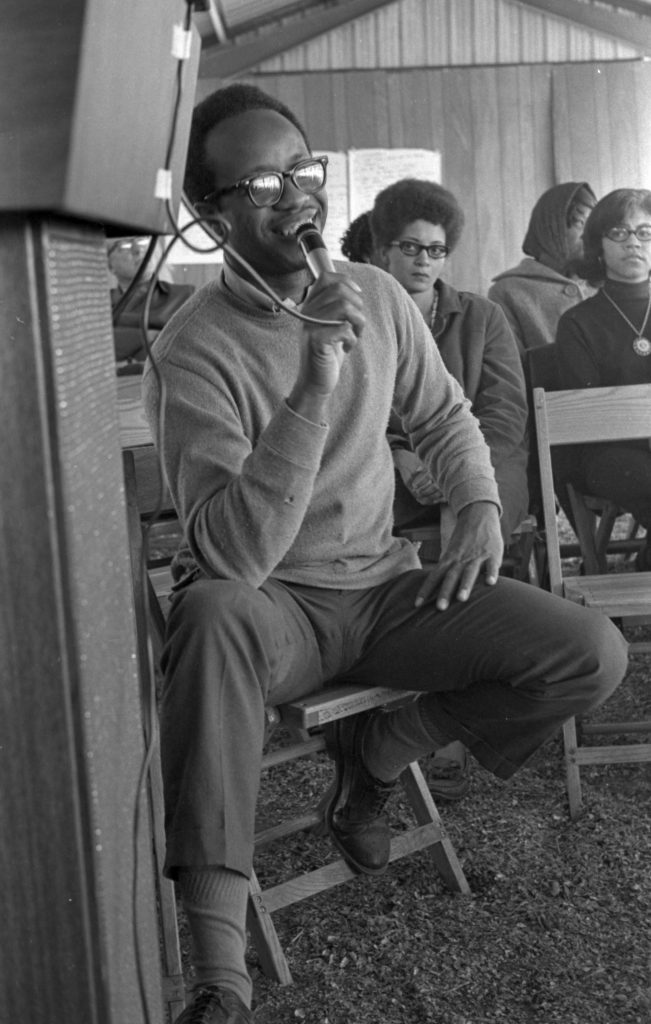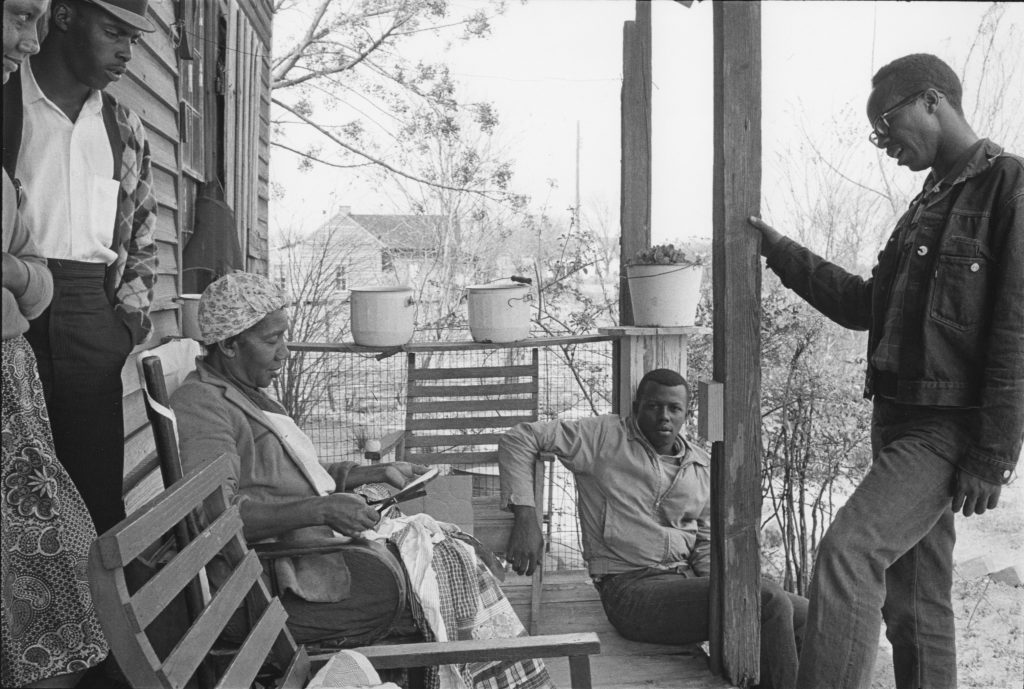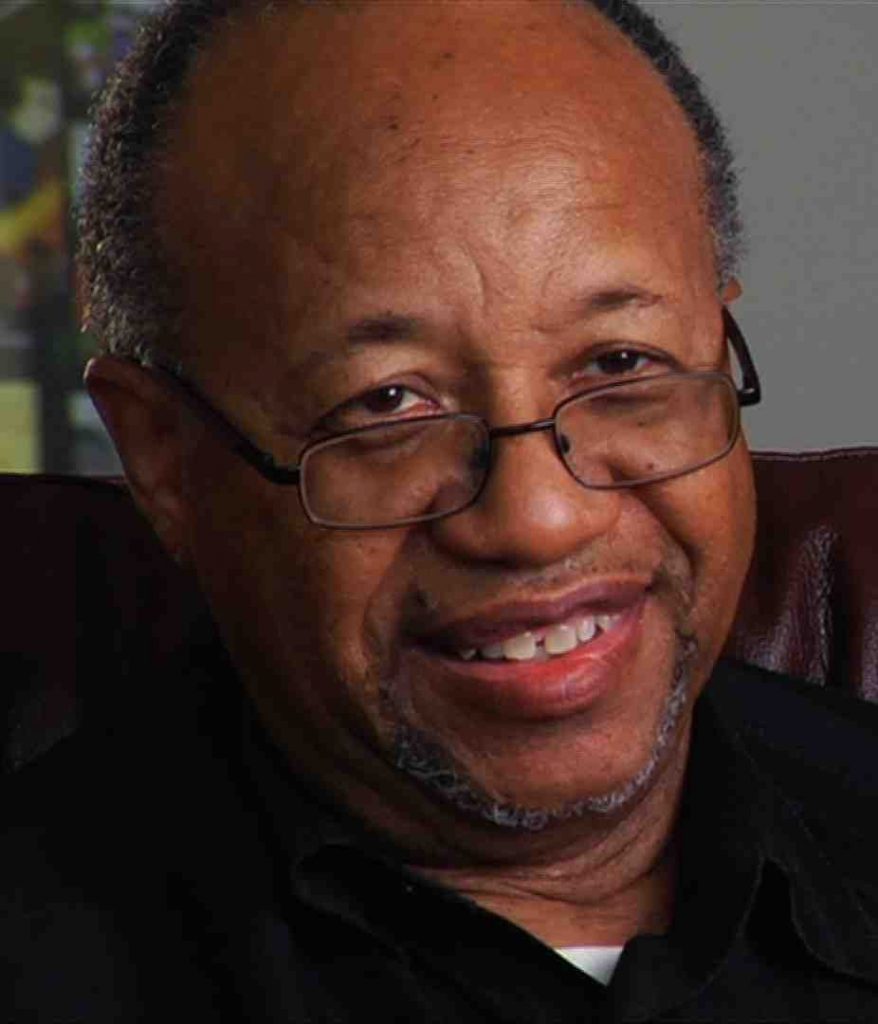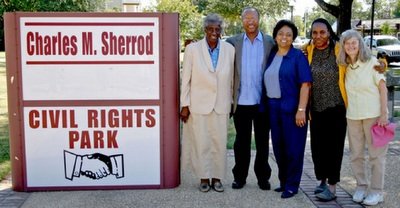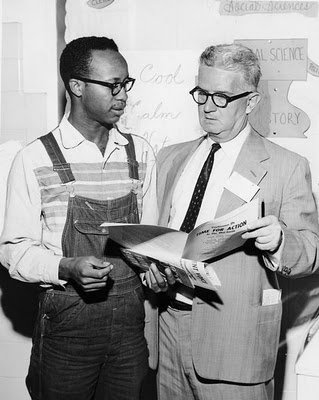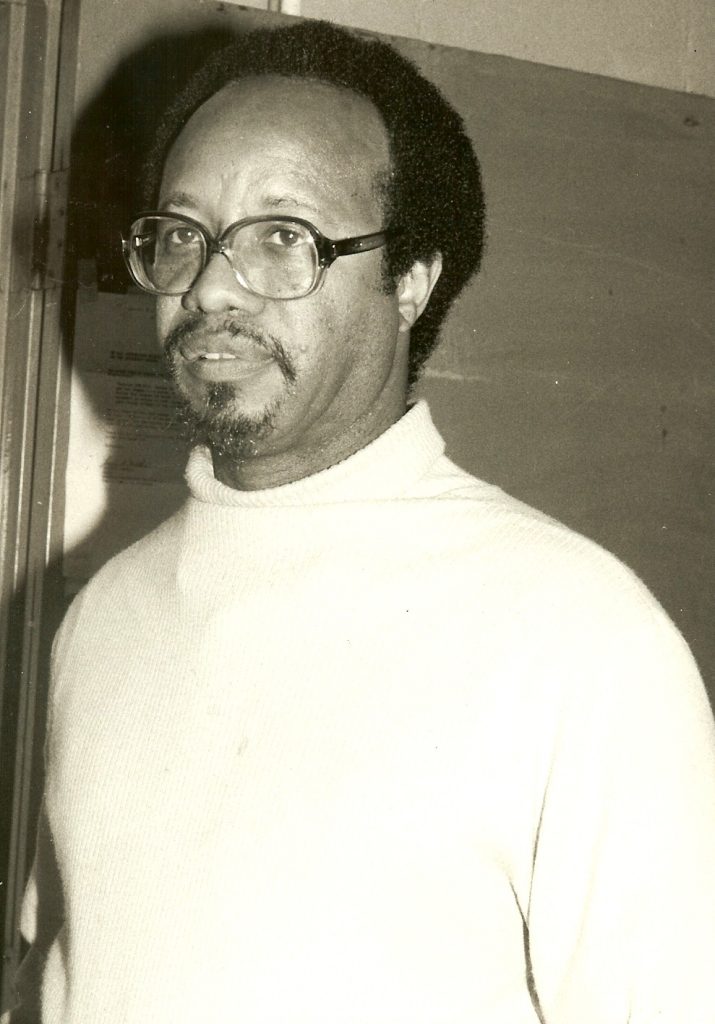(1937 - 2022)
Charles Sherrod was born in Petersburg, Virginia in 1937 and raised by his grandmother, a devout Baptist. He took his first step toward activism in 1954, soon after the U.S. Supreme Court’s decision to desegregate public schools. A friend asked if he wanted to desegregate white churches, so the two of them sat-in at white services in Petersburg, long before the sit-in movement began.
In 1961, while studying at Virginia Union University, Sherrod again joined a sit-in, this time at a department store in Richmond, Virginia. Later that year, he turned down a college teaching position. Instead, he heeded the call of Ella Baker and headed to Shaw University, joining young leaders from around the country in the founding of the Student Non-Violent Coordinating Committee (SNCC).
Sherrod was one of the first to practice the “jail-no bail” policy, which became a common tactic of the Civil Rights Movement. In 1961, when ten students were arrested in Rock Hill, South Carolina for a sit-in, Sherrod and three others went to Rock Hill, held a sit-in of their own, and were also arrested. They refused bail, serving a thirty-day sentence to dramatize the injustice of the law.
One of SNCC's earliest areas of focus was southwest Georgia, where Sherrod went in the fall of 1961. He was 23 years old. Two months after arriving in Albany, Georgia, Sherrod and two other SNCC field workers, Cordell Reagon and Charles Jones, began adding their youthful energy and impatient anger to the Albany Movement. Led by William G. Anderson and Slater King, the Albany Movement was the first mass mobilization of the modern civil rights era to proclaim its goal to be the total desegregation of an entire city. Over a period of three difficult years, a dozen sit-ins, marches, and nonviolent protests resulted in hundreds of people being arrested.
Sherrod and the other SNCC field workers were especially effective in motivating and mobilizing local high school students and college students to resist Jim Crow laws segregation of African-American . They also traveled throughout the surrounding counties, educating and registering black voters in rural areas. Sherrod enlisted white workers to help with voter registration. Eventually, five of the 11 workers on SNCC's local staff were white Northerners. By using interracial voter registration workers, Sherrod intended to show white Southerners that whites and blacks could work together as equals, no race being superior to the other.
In 1966, SNCC changed direction with the election of Stokely Carmichael as its chairman. SNCC embraced a philosophy of black power and expelled white members, causing Sherrod to leave the organization. He enrolled in Union Theological Seminary in New York City and, after receiving a Doctor of Divinity degree, returned to Albany. He formed and led the Southwest Georgia Independent Voters Project, working side-by-side with his wife, Shirley.
In June 1968, Sherrod was one of eight Americans who traveled to Israel to study land leasing and agricultural cooperatives. After returning to the US, he was part of the planning committee that created the organizational blueprint for New Communities, Inc. (NCI), later recognized to have been the country’s first community land trust. When the organization’s founding president, Slater King, was killed in a car accident in 1969, Sherrod assumed the presidency. He led the organization for 16 years. He also served on the Albany City Commission from 1976 to 1990.
After the loss to foreclosure of the land once owned by New Communities, Sherrod worked as a chaplain at the Georgia State Prison in Homerville, Georgia. In 2011, with the purchase of Cypress Pond Plantation and the resuscitation of New Communities Inc., Sherrod resumed leadership of the organization. He was eventually forced to retire due to ill health.
Further Reading
Albany Movement, New Georgia Encyclopedia
Taylor Branch. 1988. “Almost Christmas in Albany.” Chapter Fourteen, Parting the Waters: America in the King years, 1954-63. New York: Simon and Schuster.
Helen Cohen and Mark Lipman. 2016. Arc of Justice: The Rise, Fall, and Rebirth of a Beloved Community. Video produced by Open Studio Productions. Includes viewer’s guide, backstory, chronology, biographical sketches of the main characters, and other resource materials.
Audrea Lim. 2020. “We shall not be moved. Collective ownership gives power back to poor farmers.” Harper’s Magazine (July).
“Interview with Charles Sherrod (1962). Pp. 194- 201 in John Emmeus Davis (ed.), The Community Land Trust Handbook (Cambridge MA: The Lincoln Institute of Land Policy, 2010).
Interview with Charles Sherrod, Eyes on the Prize, Washington University in St. Louis
Rev. Charles Sherrod delivers Keynote Address, "50 Years After the Sit-Ins," 2010 Conference at the University of Virginia School of Law.
Southwest Georgia Project for Community Education, Inc.
Howard Zinn. 1967. “Albany, Georgia: Ghost in the cage.” Part Three in The Southern Mystique. Chicago IL: Haymarket Books.

